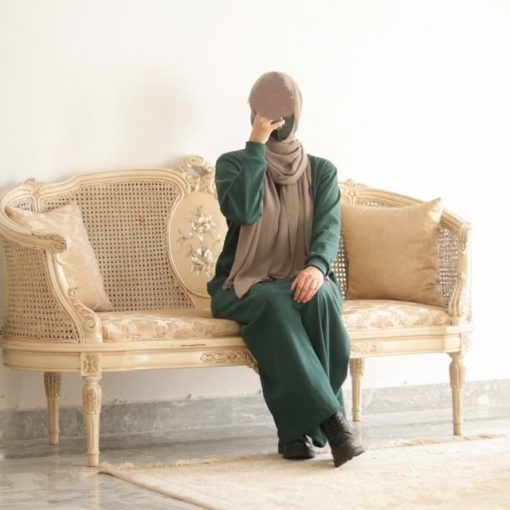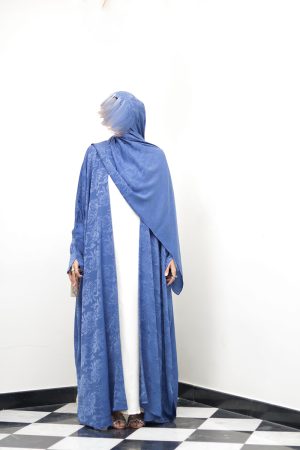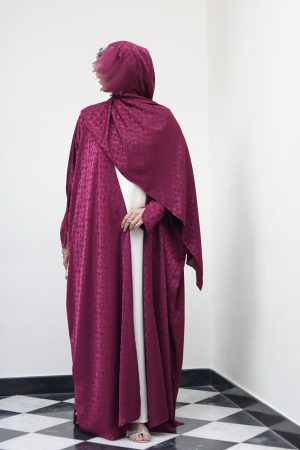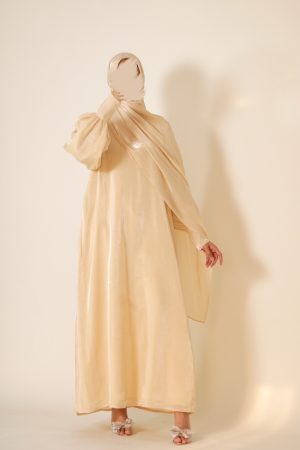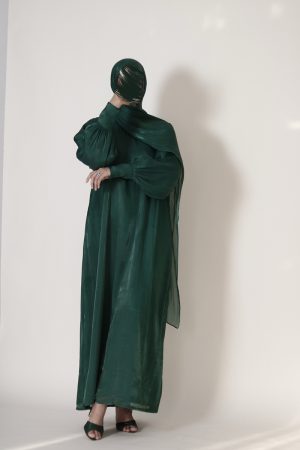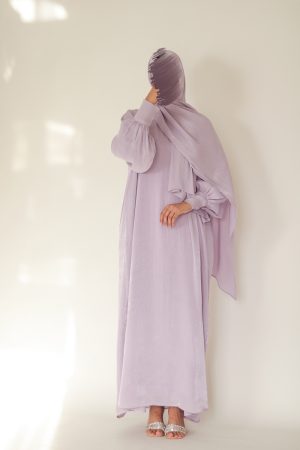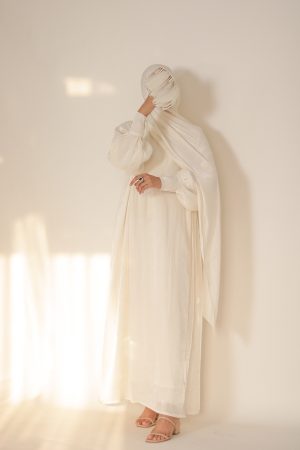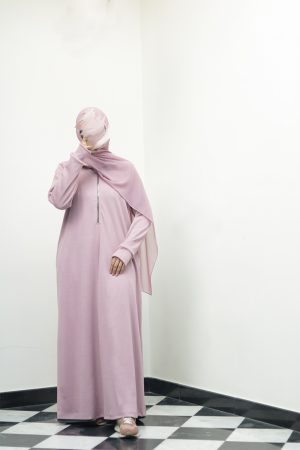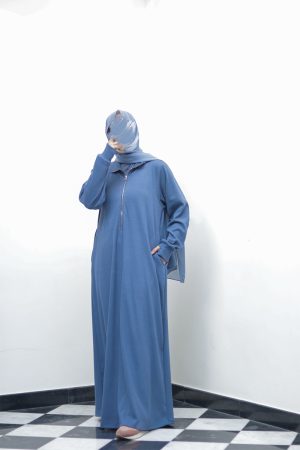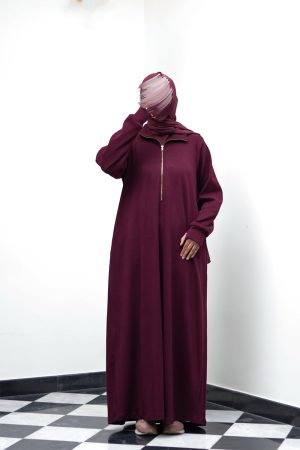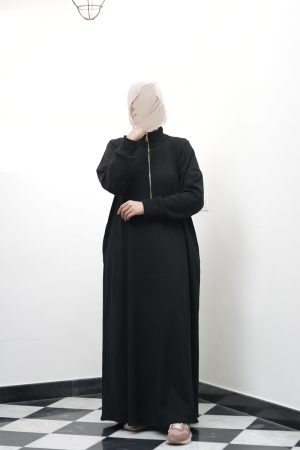In the journey of Umrah, the significance of modesty and devotion is encapsulated in the attire worn by pilgrims. Abaya for Umrah and Hajj are Among the essential garments for women undertaking this sacred pilgrimage is the abaya, a symbol of reverence, modesty, and cultural identity. Let’s delve into the world of abayas for Umrah, understanding their importance, practical aspects, and spiritual significance.
✨ Check Out Our Latest Abayas ✨
Understanding the Significance of Abaya in Islam
Historical Context
The tradition of wearing the abaya traces back to the cultural and religious practices of the Arabian Peninsula. It has been a customary attire for women, offering protection from the harsh desert climate and symbolizing cultural modesty.
Symbolism and Modesty
In Islamic teachings, modesty is highly revered, and the abaya serves as a physical representation of this virtue. It embodies the values of humility, piety, and respect for oneself and others, making it an integral part of a Muslim woman’s wardrobe, especially during religious rituals like Umrah.
Choosing the Right Abaya for Umrah
Fabric Selection
When selecting an abaya for Umrah, it’s crucial to prioritize comfort and breathability, considering the climatic conditions of the region. Lightweight fabrics like cotton or chiffon are preferred, ensuring ease of movement and ventilation during the pilgrimage.
Style and Design Considerations
While simplicity is key, the design of the abaya can still reflect individual preferences and cultural influences. Opting for neutral colors and minimal embellishments maintains the solemnity of the occasion, while ensuring practicality and versatility.
Practical Tips for Wearing Abaya During Umrah
Comfort and Functionality
Ensure that the abaya fits comfortably and allows for unrestricted movement, especially during the rituals of Tawaf and Sai. Avoid excessive layers or restrictive styles that may impede mobility or cause discomfort during the pilgrimage.
✨ Check Out Our Latest Abayas ✨
Weather Considerations
Be mindful of the varying temperatures in the holy cities of Mecca and Medina. Choose lightweight fabrics for breathability and layering options for added warmth during cooler evenings or indoor spaces.
Maintaining the Sanctity of Abaya During Umrah
Importance of Proper Care
Treat your abaya with reverence and care, recognizing its significance as a sacred garment. Follow manufacturer’s instructions for washing and storage, ensuring that it remains clean and well-maintained throughout the pilgrimage.
Respectful Handling and Storage
When not in use, store the abaya in a clean and respectful manner, avoiding contact with unclean surfaces or objects. Consider using a garment bag or storage pouch to protect it from dust and damage.
✨ Check Out Our Latest Abayas ✨
The Cultural and Spiritual Experience of Wearing Abaya During Umrah
Unity and Equality
The abaya serves as a unifying garment, transcending cultural and social boundaries among Muslim women from diverse backgrounds. It symbolizes equality and solidarity in faith, fostering a sense of community and belonging during the spiritual journey of Umrah.
Connection to Tradition and Faith
Wearing the abaya during Umrah connects pilgrims to the rich heritage and traditions of Islam, reaffirming their commitment to the teachings of modesty and humility. It becomes a tangible expression of faith, embodying the spiritual aspirations and devotion of the pilgrim.
Conclusion
The abaya holds a profound significance in the pilgrimage of Umrah, embodying the values of modesty, reverence, and cultural identity. As pilgrims embark on this spiritual journey, wearing the abaya becomes a symbolic act of devotion, fostering a deeper connection to tradition, faith, and community.
FAQs About Abaya for Umrah
- Is it mandatory to wear an abaya during Umrah?
- While it’s not obligatory, wearing an abaya is highly recommended for women as a sign of respect and modesty during the pilgrimage.
- Can I personalize my abaya for Umrah?
- Yes, you can choose a style and design that reflects your personal preferences while ensuring it aligns with the principles of modesty and simplicity.
- What colors are suitable for an Umrah abaya?
- Neutral colors such as black, white, or gray are commonly chosen for Umrah abayas, but you can opt for any color as long as it maintains modesty and simplicity.
- How should I care for my abaya during Umrah?
- Follow the manufacturer’s instructions for washing and storage, and handle the abaya with care to maintain its cleanliness and sanctity throughout the pilgrimage.
- Can I wear my regular clothes underneath the abaya during Umrah?
- Yes, you can wear modest clothing underneath the abaya, ensuring that it doesn’t compromise the modesty and sanctity of the pilgrimage attire.
